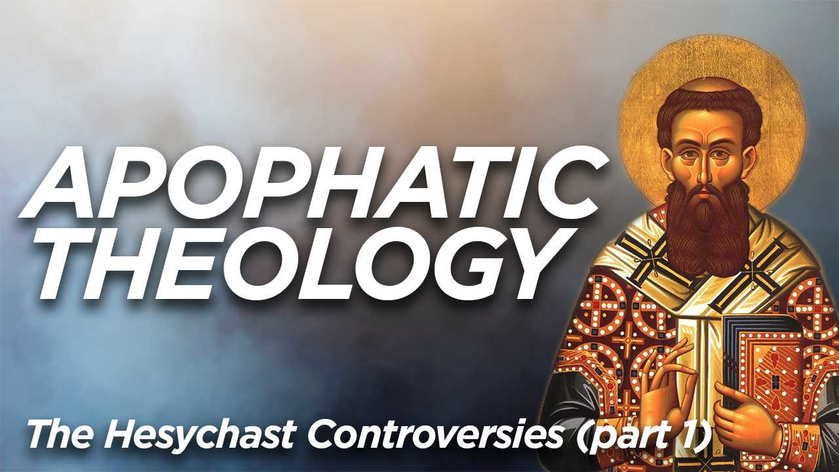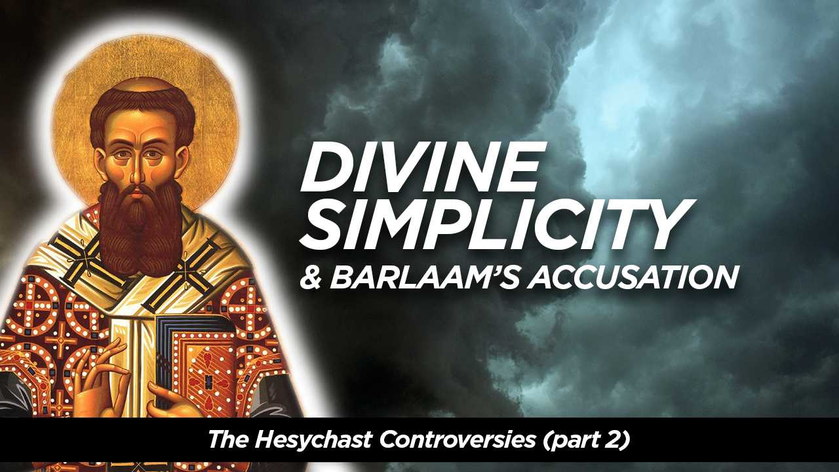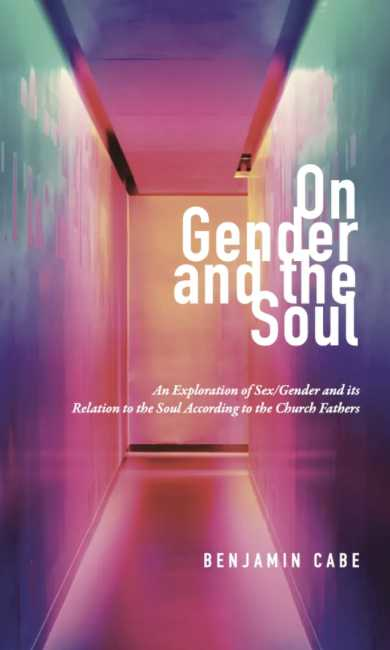Today we begin a new series of articles for paid subscribers on the hesychast controversies. There are a lot of details about the debate between Barlaam and Palamas that are often missed. For this reason, we will be dedicating a significant (and as yet undetermined) amount of time to the topic.
The hesychast controversies of the fourteenth century were occasioned by the collision of two irreconcilable approaches to the knowledge of God:1 the philosophical and the theological. The former would rely upon the analogia entis and analogia fidei2 to provide a theoretical experience of God as a rationally comprehensible, simple substance. First espoused by the neo-Arians of the fourth century, this perspective would read Aristotle’s Metaphysics back into the Christian principle of Divine Simplicity,3 making it difficult for its adherents to adequately uphold the distinction of Hypostases in God.4 The theological approach, on the other hand, would emphasize the direct experience of God through prayer.5 Assessing these two different epistemic methods, Abp. Basil Krivocheine (1900–1985 A.D.) would note that “the two parties in conflict took their stand on positions which differed notably as regards their principles in constructing a theology of God.”6 As such, the different methodologies produced a discrepancy in theological vision – specifically as regards the use of apophatic theology – which, in turn, affected the finer points of the hesychast debates.7 The failure to fully appreciate the disparity between these approaches has extended the dispute to our day.
The original contention revolved around whether or not apodictic arguments were appropriate in theological discussions to refute the Latins. Provoked around 1335 A.D. by a series of Anti-Latin Treatises written by Barlaam the Calabrian (c. 1290–1350 A.D.) who, According to Saint Gregory Palamas (c. 1296–1359 A.D.), professed a dangerous “theological agnosticism”8 and an overdependence on “Aristotelian logic in theological discourse.”9 Although there is some evidence that Palamas initially misunderstood Barlaam’s theology – on account of which he wrote his first Triad10 – he would rightfully point out that Barlaam’s belief that “there is no demonstration for any of the divine realities”11 reveals a lackluster apophaticism. Indeed, as Metropolitan Kallistos Ware once remarked, “‘apophaticism’ can be used to denote two profoundly different things.”12
















